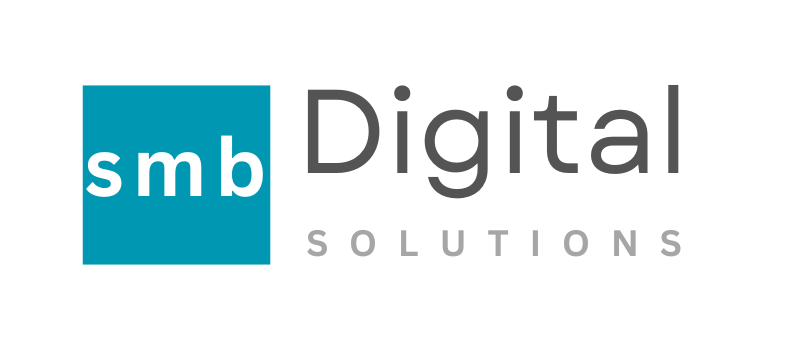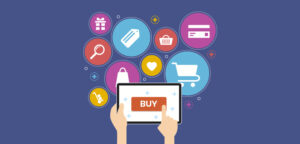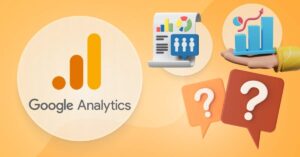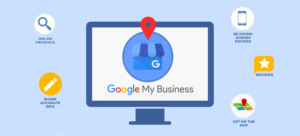Recommendations, Small Business
Email Marketing Campaign Ideas for Small Businesses

Email marketing campaigns can be highly effective for engaging with your audience, nurturing leads, and driving conversions. Below are some examples of email marketing campaigns that you can consider for your business:
1. Welcome Series Campaign
Objective: Introduce new subscribers or leads to your brand, products, or services.
Campaign Structure:
Email 1: Welcome email thanking them for subscribing, including a brief introduction to your brand, and setting expectations for future emails.
Email 2: Share your brand story, values, or mission, and highlight any unique selling points.
Email 3: Introduce your top-selling products or services with a special offer (e.g., a discount code).
Email 4: Customer testimonials or case studies to build trust.
Email 5: Encourage engagement by linking to your social media profiles or a relevant blog post.Automation: Trigger this campaign when a new lead is added to the CRM.
2. Abandoned Cart Campaign
Objective: Recover lost sales by reminding customers of items they left in their shopping cart.
Campaign Structure:
Email 1: Reminder email sent shortly after the cart is abandoned, showing the items they left behind and encouraging them to complete the purchase.
Email 2: Follow-up email after 24-48 hours offering a small discount or free shipping to incentivize the purchase.
Email 3: Final reminder with urgency messaging (e.g., “Items in your cart are almost sold out”).
Automation: Trigger the campaign based on cart abandonment behavior.
3. Product Launch Campaign
Objective: Generate excitement and awareness for a new product launch.
Campaign Structure:
Email 1 (Teaser): Send a teaser email announcing that something exciting is coming soon. Include a countdown timer or sneak peek.
Email 2 (Pre-Launch): Share more details about the product, its benefits, and why your audience should be excited.
Email 3 (Launch Day): Announce the official launch with a strong call-to-action (CTA) to buy now. Include testimonials or reviews if available.
Email 4 (Post-Launch): Offer a limited-time discount or promotion to those who haven’t purchased yet.
Automation: Schedule emails leading up to and following the launch date.
4. Lead Nurturing Campaign
Objective: Nurture cold or warm leads over time until they are ready to convert into customers.
Campaign Structure:
Email 1: Introduce your business and offer a lead magnet (e.g., a free ebook, webinar, or consultation).
Email 2: Provide educational content related to your product or service (e.g., how-tos, industry tips, or blog posts).
Email 3: Address common pain points or objections with solutions that your product/service provides.
Email 4: Share success stories or testimonials from other customers.
Email 5: Offer a time-sensitive promotion or discount to encourage conversion.
Automation: Set this campaign to trigger after a lead engages with your website, fills out a form, or downloads a lead magnet.
5. Seasonal Promotions Campaign
Objective: Drive sales during key holidays or seasons (e.g., Black Friday, Christmas, Summer Sale).
Campaign Structure:
Email 1 (Pre-Sale): Announce your upcoming seasonal promotion and tease the discounts or offers that will be available.
Email 2 (Launch Day): Officially launch the sale with a clear CTA to shop now.
Email 3 (Mid-Sale): Remind subscribers that the sale is ongoing and highlight popular products.
Email 4 (Last Chance): Send a final reminder on the last day of the sale to create urgency (e.g., “Only 24 hours left!”).
Automation: Schedule the campaign based on the promotion period and holiday/event dates.
6. Customer Retention & Re-Engagement Campaign
Objective: Re-engage inactive customers and keep existing customers loyal to your brand.
Campaign Structure:
Email 1: Reach out to inactive customers with a “We miss you” message and offer a special incentive to return (e.g., discount or free shipping).
Email 2: Share updates about new products or services that may interest them.
Email 3: Highlight loyalty rewards, referral programs, or exclusive offers available only to previous customers.
Email 4: Ask for feedback on their past experience and how you can improve.
Automation: Trigger this campaign based on a customer’s inactivity period (e.g., 3 months without purchase).
7. Post-Purchase Follow-Up Campaign
Objective: Enhance the customer experience after a purchase and encourage repeat business.
Campaign Structure:
Email 1 (Thank You): Send an immediate thank-you email with order confirmation and tracking information.
Email 2 (How-To/Support): Provide a helpful guide or tips on how to use their new product, or offer customer support contact information.
Email 3 (Review Request): After the product has been delivered, ask for a review or testimonial.
Email 4 (Upsell/Cross-Sell): Recommend related products or services based on their previous purchase.
Automation: Trigger based on order completion or product delivery.
8. Webinar or Event Promotion Campaign
Objective: Drive registrations for a webinar, workshop, or event.
Campaign Structure:
Email 1 (Invitation): Invite your audience to the upcoming event, clearly outlining the benefits of attending and providing a link to register.
Email 2 (Reminder): Send a reminder email to those who haven’t registered yet, with an added incentive (e.g., bonus content or exclusive access).
Email 3 (Final Call): A final push before the event, emphasizing urgency and limited availability.
Email 4 (Follow-Up): After the event, send a recording or additional resources, and include a CTA for the next step (e.g., booking a consultation).
Automation: Trigger based on the event date and attendee registration status.
9. Referral Program Campaign
Objective: Encourage existing customers to refer new leads in exchange for rewards.
Campaign Structure:
Email 1: Introduce the referral program, explaining how it works and the rewards available.
Email 2: Highlight success stories of customers who have benefited from the program.
Email 3: Send periodic reminders to participate in the referral program, especially during times when you’re running promotions.
Automation: Trigger the campaign for loyal customers or those who have made multiple purchases.
10. Survey and Feedback Campaign
Objective: Gather feedback to improve your products, services, and customer experience.
Campaign Structure:
Email 1: Request feedback or ask customers to complete a short survey about their experience. Offer an incentive (e.g., discount code) for participating.
Email 2: Thank them for their input and share how you plan to implement their feedback.
Email 3: Invite them to join a beta program or early access to new features or products as a way to keep them engaged.
Automation: Trigger the campaign after a purchase or after a service is completed.
Key Takeaways
Personalisation: Use dynamic content to personalise each email based on customer data (e.g., name, purchase history).
Automation: Automate your email campaigns to ensure timely and consistent communication with your audience.
Segmentation: Segment your audience based on behavior, interests, and demographics to ensure your emails are relevant to each recipient.
A/B Testing: Test different subject lines, content, and CTAs to optimize performance.
These email marketing campaigns can help you engage with leads and customers more effectively, build relationships, and drive more conversions through Go High Level’s robust platform.





